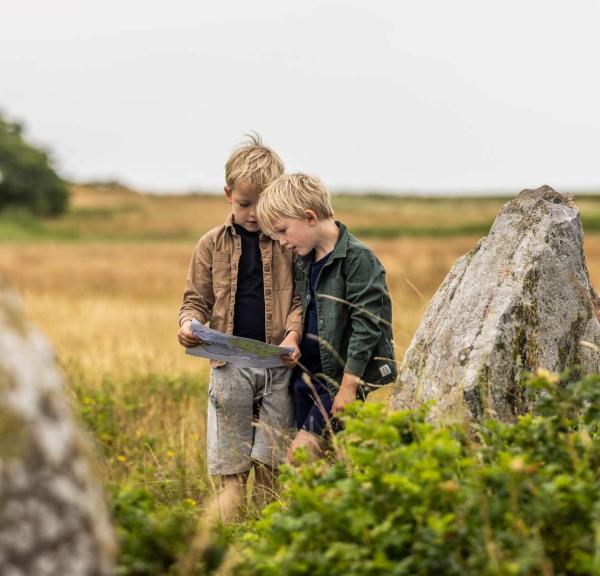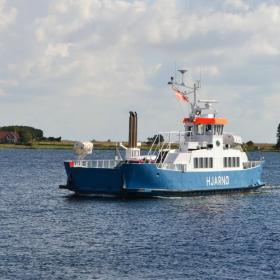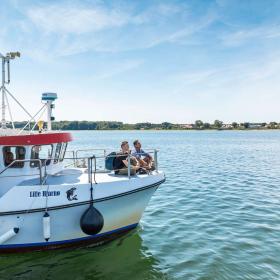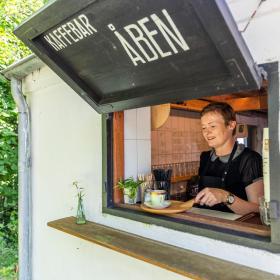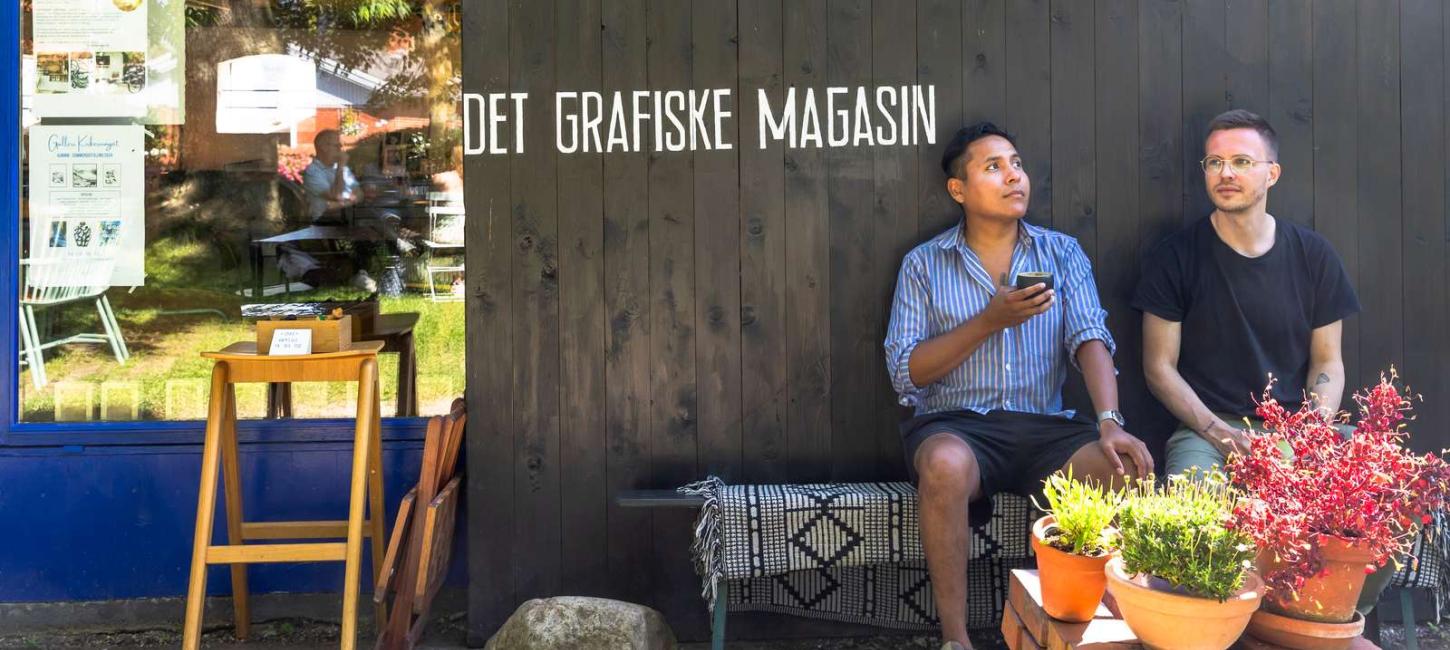
Welcome to Hjarnø
Although Hjarnø is only 500 metres from the mainland, you can feel the island atmosphere. As soon as you arrive at the little ferry quay, time stands still and the history is lurking just below the surface.
You have a real island atmosphere within easy reach on a trip to Hjarnø. For the island is only 5 minutes by ferry from the from Snaptun on the south side of Horsens Fjord. On Hjarnø you can embark on Hjarnø’s very special Viking history, visit one of the country’s smallest churches and experience the island’s countryside on foot or by bicycle. The ferry departs 30 times a day, so you shouldn’t be afraid of missing your departure.
In the summer, you can also visit the island with the Bicycle Ferry from Alrø, which you can drive to over a dam from the north side of the fjord (approx. 25 km. east of Horsens and 12 km. south of Odder).
Discover Hjarnø
The vikings of Hjarnø
On Hjarnø, you can get close to the traces of the island’s Viking history. According to an old legend, Hjarnø is named after King Hjarne. When King Frode Fredegod passed away, it was mistakenly thought that his son Fridlev, who was heir to the throne, had also gone to war. Therefore, a competition was held where the person who could write the most beautiful verse about the king was to take over the Danish throne. The winner was the king’s bard, Hjarne. As a bonus, he also got the island, which today is called Hjarnø.
As recently as 2018, a large gold treasure from the Iron Age was found on Hjarnø?
But Fridlev was far from dead. And of course it ended in a duel between the two, where Hjarne lost his life. According to tradition, Hjarne and his staff are buried at the island’s Calf Stones.
However, it’s more likely that Hjarnø is named after the Old Danish word ‘Hiarni’, which means ground elevation.
